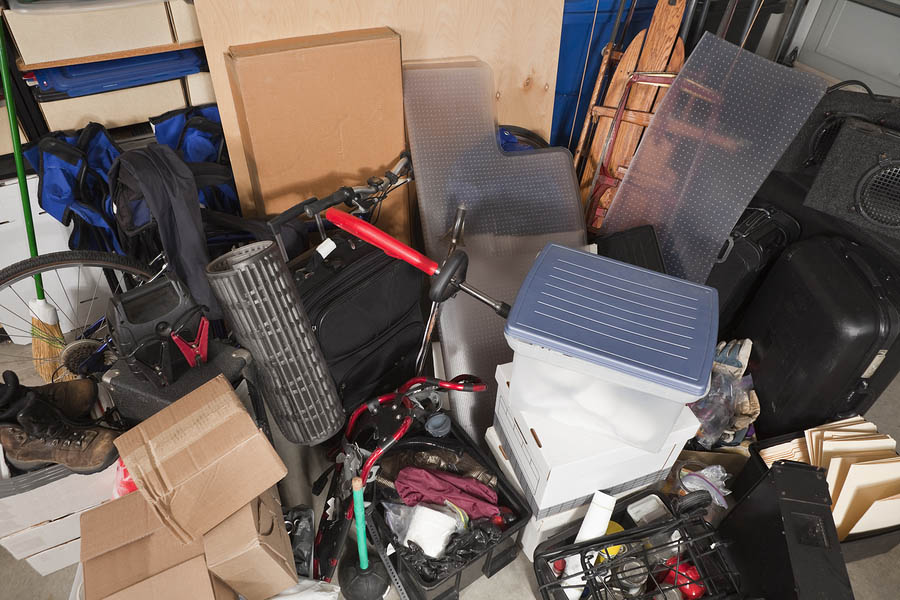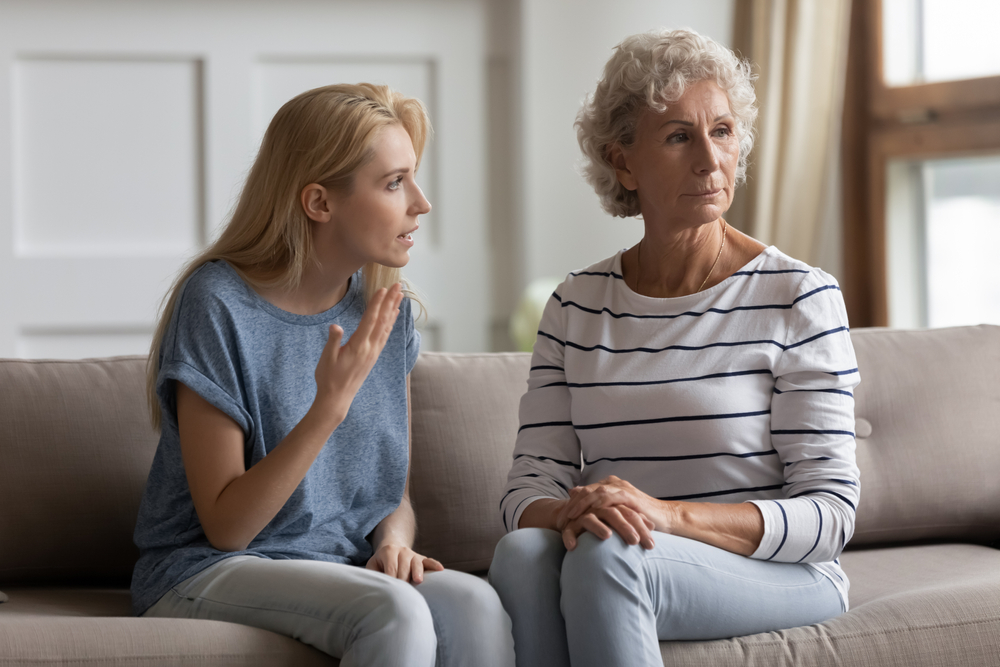Hoarding Help: How to Clean a Hoarder’s House

Perhaps it just seemed eccentric at first—that accumulation of items your loved one just couldn’t throw out. However, for those who struggle with hoarding behavior, the issues are complex and serious. Hoarding can create a variety of problems and is usually linked to mental health issues that need to be addressed. Changes associated with aging may contribute to such issues, and some seniors end up hoarding to cope. Here, we’ll examine hoarding behavior and how to help a loved one who may be struggling.
Stress and Anxiety Later in Life
Mental illness is more common than many people realize, and its signs and symptoms may be difficult to spot. According to a snapshot of mental Illness in America provided by the online Master of Social Work program at the University of Southern California, 1 in 25 individuals in the United States experience mental illness in a given year, and it affects men and women across all races. Symptoms can be as mild as difficulty concentrating or as serious as crippling depression, severe anxiety, and hallucinations.
With mental health trends such as these, it may be no surprise that anxiety disorders among older adults are common. Since seniors face a variety of issues that can cause stress, accurately diagnosing this condition may be difficult in this population. Older women tend to experience anxiety more than men, and it often coexists with chronic illnesses like heart disease, depression, and diabetes. Although anxiety may be a result of the body coping with stress, it’s not considered a normal part of aging.
Stress, Anxiety, and Hoarding
Described as “the excessive collection of items, along with the inability to discard them,” compulsive hoarding is often associated with stress, anxiety, and sometimes obsessive compulsive disorder (OCD). It may also occur when some form of dementia is present. There can be a variety of reasons for hoarding, including worry about outliving resources, the need for comfort, or linking possessions to self-identity.
Regardless of the cause, compulsive hoarding usually results in living conditions that are so cramped and cluttered that an individual’s physical, mental, and/or emotional health suffer. Hoarding can be a family issue because those living with an individual who hoards are adversely impacted, and family members may worry about those who live alone. When the individual is an older adult, the additional challenges of aging can add to the complexity of a hoarding situation.
Signs of Hoarding in Seniors
Hoarding behaviors can range from mild to severe and may progress with age. Individuals who hoard may not believe there’s anything wrong, which can make it difficult to intervene. However, getting treatment can help those with hoarding behaviors address underlying issues and enjoy improved quality of life. The Anxiety and Depression Association of America (ADAA) lists a variety of symptoms that may indicate an individual is struggling with hoarding behavior, including:
- Inability to throw away possessions.
- Severe anxiety when attempting to discard items.
- Great difficulty categorizing or organizing possessions.
- Indecision about what to keep or where to put things.
- Distress, such as feeling overwhelmed or embarrassed by possessions.
Additional symptoms may include obsessive thoughts about running out of items or accidentally throwing something away as well as functional impairments that impact living space, relationships, finances, and health. If you suspect a loved one has a hoarding disorder, consider talking with a doctor or mental health professional.
How to Help a Loved One Who Is Struggling
If you are worried about a loved one exhibiting hoarding behavior, here are 5 steps you can take to help:
- Educate yourself by tapping into reputable sources such as the International OCD Foundation (IOCDF) Hoarding Center.
- Find support, including friends, family, mental health professionals, and online groups to support you as you try to help your loved one.
- Be realistic regarding expectations—this will likely be a long and difficult process that requires a great deal of patience.
- Reach out to your loved one with courage, compassion, and a willingness to compromise and celebrate small steps of progress.
- Provide ongoing support because your loved one will need it as they progress through treatment and recovery.
Addressing hoarding behaviors in a loved one will not be easy, but with the right resources for treatment and support, hope is possible for everyone involved.
Colleen O’Day is a Digital PR Manager and supports community outreach for 2U Inc.’s social work, mental health and K-12 education programs. Find her on Twitter @ColleenMODay.
Subscribe
Date: July 31, 2018


